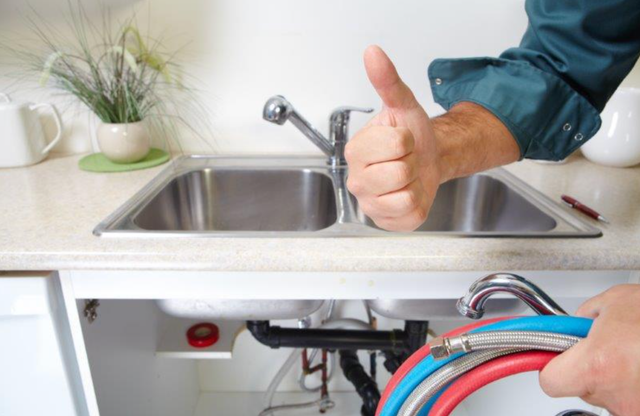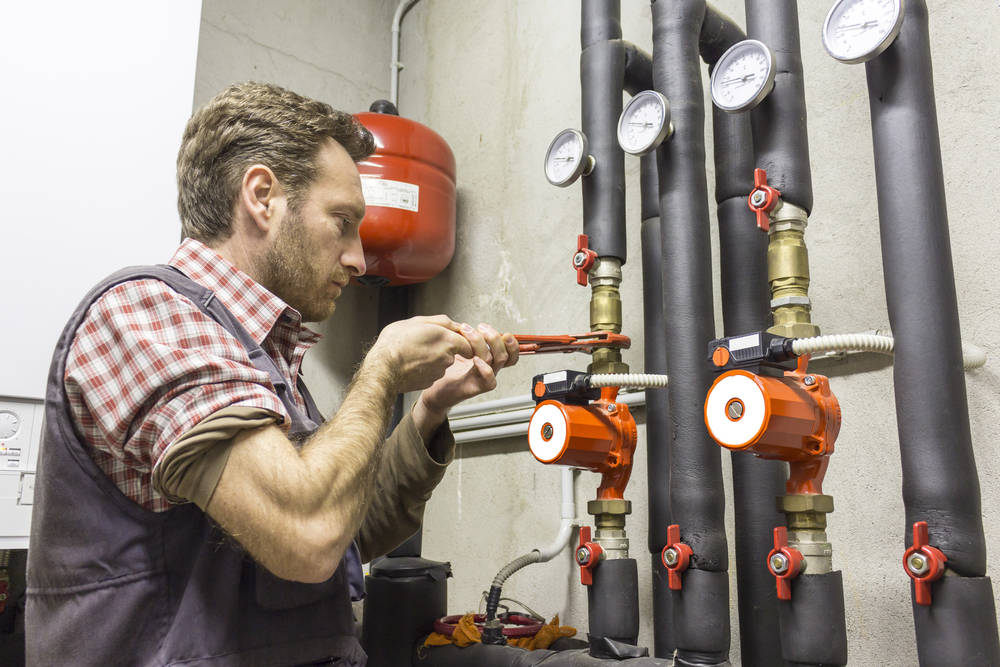This article down below about How to Prevent Frozen Pipes is particularly stimulating. Don't bypass it.

All property owners that live in temperate environments need to do their best to winterize their pipelines. It is something you should do throughout autumn before deep winter genuinely begins. Failing to do so can mean calamity like icy, fractured, or ruptured pipelines. If the weather condition exterior is terrible, below are some handy winterizing hacks to keep your plumbing system safeguarded even.
Turn On the Faucets
When the temperature level drops and also it seems as if the icy temperature level will last, it will certainly aid to transform on your water both indoors as well as outdoors. This will keep the water flowing via your plumbing systems. You'll finish up squandering gallons of water this method.
Open Cabinet Doors Hiding Plumbing
When it's cool outside, it would be helpful to open up cabinet doors that are masking your pipes. Doing this tiny trick can keep your pipelines warm as well as restrict the potentially hazardous outcomes of freezing temperatures.
Require Time to Wrap Exposed Piping
One very easy as well as awesome hack to warm up cold pipes is to wrap them with warm towels. You can cover them initially with towels. After protecting them in position, you can pour boiling water on the towels. Do it slowly to allow the towels take in the liquid. You can likewise utilize pre-soaked towels in hot water, simply don't fail to remember to put on protective gloves to safeguard your hands from the warmth.
Try a Hair Clothes Dryer or Heat Gun
When your pipelines are almost freezing, your reliable hair dryer or warmth gun is a godsend. Bowling hot air directly into them might assist if the hot towels do not aid displace any clearing up ice in your pipelines. However, do not utilize various other objects that create direct flames like a blow torch. This can cause a larger calamity that you can not manage. You may end up destructive your pipelines while trying to melt the ice. And also in the future, you may also end up burning your residence. Be careful!
When Pipes are Frozen, close Off Water
If you notice that your pipelines are completely icy or almost nearing that stage, transform off the main water valve promptly. You will normally locate this in your basement or utility room near the heating unit or the front wall surface closest to the street. Transform it off as soon as possible to stop more damages.
Don't fail to remember to close external water resources, too, such as your hookup for the yard house. Doing this will avoid extra water from filling your plumbing system. However, with even more water, even more ice will certainly pile up, which will ultimately result in break pipelines. It is best to call a specialist plumber for an examination if you are unclear about the state of your pipelines this winter. Taking this positive technique can conserve you thousands of dollars in repairs.
All house owners that live in temperate climates should do their finest to winterize their pipelines. Failing to do so can lead to disaster like frozen, cracked, or burst pipes. If the hot towels do not help dislodge any working out ice in your pipes, bowling hot air directly right into them might aid. Transform off the major water shutoff quickly if you see that your pipes are completely icy or virtually nearing that phase. With more water, even more ice will certainly stack up, which will eventually lead to break pipelines.
PREVENT YOUR PIPES FROM FREEZING THIS WINTER
A Leading Cause of Property Damage
When the weather is taking a deep nose dive into the cold dreary days, the risk of your pipes freezing and potentially bursting skyrockets. Unfortunately, during these cold dreary months, burst pipes are the most common denominator for property damage. The pipes that are most at the risk are those that are in areas where it is most cold in your home. For instance, pipes located in interior places such as basements, attics, and your garage. Unfortunately, that doesn’t mean that the pipes running through your cabinets or exterior walls can’t freeze. Good news, however, is that you can do things to help prevent pipes from freezing.
How to Prevent Pipes From Freezing
Once the temperature starts to drop during the winter, you should be taking the proper measures needed to ensure that your pipes stay warm and that there is circulation of water through them. Some steps that experts may recommend could go against your better judgement when it comes to saving water and heat. However, it would go without saying that when expenses are compared, damaged pipes could put a bigger dent in your wallet than a water bill.
What Can I Do?
Keep your garage door closed. This is very important, especially if you have water supply lines running through your garage. Open your kitchen and bathroom cabinets to allow warm air to circulate through them. Allow air circulation throughout your home. Keeping the interior doors open will once again allow the warm air to circulate inside your home. Ensure your thermostat is running the same temperature throughout the night and day. If you plan to be away from home during the cold months, set your temperature no lower than 55° F. This should provide enough heat to keep the pipes warm and prevent any remaining water inside the pipes from freezing. For more of a long-term solution, add insulation to attics, basement, and other crawl spaces around your home. By allowing your faucet to drip, it will alleviate pressure in the system. This is important because the pressure that is created between the blockage and the faucet can potentially cause the pipes to burst. Allowing the faucet to drip will prevent the pressure from building up, therefore keeping the pipes from bursting. Seal any cracks, openings, and crawl spaces around your home to prevent cold air from coming inside. This keeps your pipes-not to mention your home-warmer and less susceptible to issues caused by freezing temperatures. For the pipes in your home that are easily accessible, applying electrical tape to them might prevent them from freezing over. This is a quick fix, as you can apply the tape directly to the pipe. There are two options for heating tapes. One turns on and off by itself when it senses heat is needed. The other type of heating tape needs to be applied when heat is needed and removed when not necessary. If you have exposed pipes in your home, you can check this website to take a look at a few options that would be available at a shop near you.

We hope you enjoyed our section about Prevent Freezing and Bursting Pipes. Many thanks for taking time to read our article. Are you aware of someone else who is very much interested in the niche? Take a moment to promote it. Thank you so much for your time spent reading it.
Get Your Estimate Now